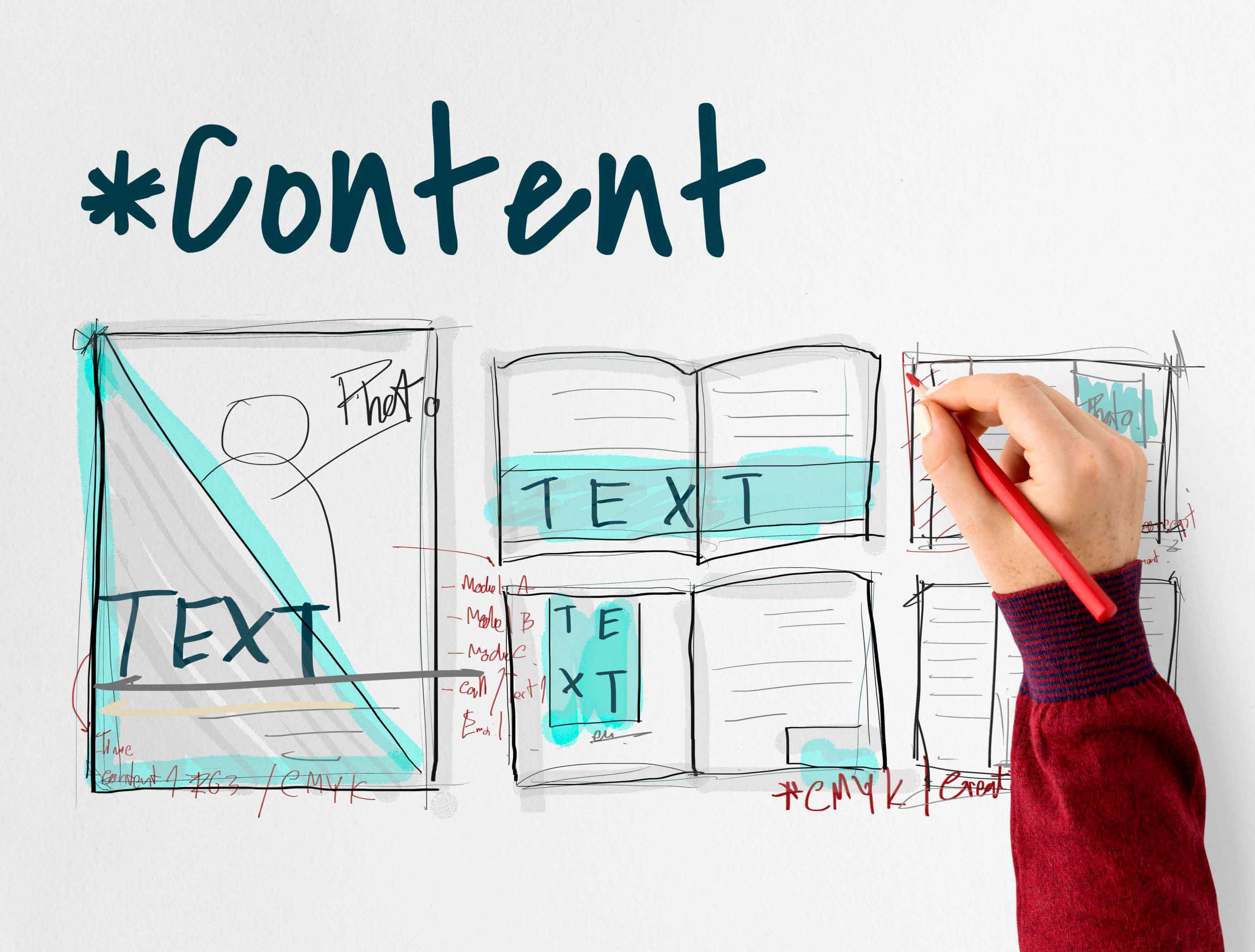A tagline is a brief phrase that encapsulates a brand’s essence. It helps convey the brand’s identity and values quickly. This article will explain what is tagline and why it’s important.
Key Takeaways
-
A tagline is a concise expression of a brand’s essence, distinct from slogans which are often campaign-specific.
-
Strong taglines enhance brand identity and recognition by connecting emotionally with the target audience and reflecting core values.
-
Effective tagline creation involves understanding the brand, defining the audience, brainstorming relevant keywords, and ensuring clarity and memorability.
Defining a Tagline
A tag line is more than just a catchy phrase—it’s a succinct expression that captures the brand’s essence and uniqueness. An effective tag line serves as a brand’s concise statement, encapsulating its core identity, values, and unique selling points, setting it apart from competitors.
A well-crafted tagline links the brand name to the brand message, enhancing recognition and customer loyalty. It should align seamlessly with the brand’s identity, values, and messaging to resonate with the target audience.
Difference Between a Tagline and a Slogan
While often used interchangeably, taglines and slogans serve different purposes within branding. A tagline represents a brand’s long-term identity, remaining consistent over time to encapsulate the brand’s essence. On the other hand, slogans are typically tied to specific campaigns or marketing efforts and can change frequently to reflect the goals of those campaigns.
Taglines aim to embody the core message of the brand, while slogans are more focused on momentary promotions and can be crafted to address immediate marketing needs.
Importance of a Tagline for Brand Identity
A powerful tagline enhances brand identity and recognition, succinctly highlighting core values and messages. This clarity makes it easier for customers to understand what the brand stands for and helps it stand out in a competitive market.
A tagline that encapsulates the brand’s core identity and values creates familiarity and recognition, crucial for building a loyal customer base. Focus on words that reflect your brand’s story and evoke a strong emotional response when generating tagline ideas.
Unique Brand Identity
Effective taglines emphasize a brand’s unique attributes, helping it to stand out in the marketplace. Understanding your brand’s unique selling point is essential for creating a tagline that aligns with your mission and resonates with your target audience.
Descriptive taglines, for instance, clearly outline the brand’s mission or benefit to the customer, making it easier for new businesses to clarify their offerings to potential customers. Communicating distinctive qualities of the brand through a well-crafted tagline contributes to brand differentiation and long-term brand recall.
Customer Connection
A tagline should resonate with the target audience and align with their values and expectations. Knowing your audience’s values and preferences is key to crafting a relatable tagline that fosters emotional connections and enhances brand loyalty.
Inspirational taglines, for example, tap into the audience’s aspirations and emotions, encouraging personal growth and motivating audiences. Provocative taglines, on the other hand, stimulate thought by making bold statements or posing intriguing questions, often challenging the status quo with bold claims.
Characteristics of a Strong Tagline
A strong tagline ideally conveys its message succinctly, typically comprising 2 to 4 words. Clarity is essential; a tagline must be easily understood by a broad audience. It should integrate smoothly with the brand’s name, enhancing overall coherence and eliminating ambiguity about the company’s offerings.
A strong tagline encapsulates the brand’s essence, values, and identity, making it a memorable tagline and effective in promoting customer loyalty, including an iconic tagline, brand essence taglines, and a logo tagline.
Memorable and Concise
The ideal word count for a tagline is under eight words, with the most effective ones typically containing around just a few words or 5 words. Lengthy taglines often become descriptions rather than impactful statements.
Language techniques such as alliteration, rhyme, or wordplay can enhance a tagline’s memorability, making it more likely to stick in the minds of consumers.
Relevant and Reflective of Brand Values
A strong tagline should accurately reflect the brand’s identity and message while resonating with the audience. It should communicate the brand’s essence, including its values and vision, to ensure that it remains relevant and engaging.
A tagline that aligns closely with the brand’s values can enhance recognition and foster a deeper connection with the audience.
Types of Taglines
Understanding the various types of taglines can help brands create effective messaging strategies that resonate with their target audience. The main types include Descriptive, Inspirational, Humorous, Provocative, Call-to-Action, and Rhythmic or Rhyming taglines. Each type serves to engage customers in unique ways, aligning with other branding elements to amplify the brand message and enhance brand recognition.
Descriptive Taglines
Descriptive taglines serve as brief summaries. They encapsulate the brand essence and highlight key features. They clearly outline what the business does, making them particularly useful for new businesses or when introducing new products.
These taglines offer clear, succinct information about the brand, enhancing its appeal and setting it apart from competitors.
Inspirational Taglines
Inspirational taglines are designed to spark desires and ignite passions. They also serve to motivate individuals in their journey of personal development. They speak to people on an emotional level, encouraging personal growth and resonating with audiences’ goals and dreams. By tapping into the audience’s aspirations, these taglines can create a strong emotional connection with the brand.
Humorous Taglines
Humorous taglines use wit to capture attention, entertain, and create positive brand associations. By leveraging humor, these taglines can make a brand more relatable and memorable.
Witty taglines engage consumers by entertaining them, fostering a positive relationship with the brand.
Provocative Taglines
Provocative taglines aim to challenge conventional thinking and provoke curiosity. They capture attention by pushing boundaries and daring to be different. By making bold statements or posing intriguing questions, these taglines can stimulate thought and elicit curiosity, encouraging audiences to engage with the brand on a deeper level.
Call-to-Action Taglines
Call-to-action taglines aim to inspire the audience to take action. They also foster a connection with the brand. These taglines typically start with a verb and urge the audience to engage directly with the brand, prompting immediate responses. Phrases like ‘Buy Now’ or ‘Join Us’ are common examples, encouraging quick decisions and fostering a sense of urgency.
Rhythmic or Rhyming Taglines
Rhythmic or rhyming taglines enhance memorability through patterns and rhyme. By utilizing rhythm or rhyme, these taglines become easier to remember and share. The use of patterns enhances retention and makes the brand message more captivating for audiences, helping to ensure that the tagline sticks.
Steps to Crafting an Effective Tagline
Crafting an effective tagline involves understanding the brand thoroughly, defining the target audience, brainstorming keywords, and refining based on feedback.
Next, brainstorming keywords and phrases that reflect the brand’s essence is crucial. The tagline should be kept short and memorable, and finally, it should be tested and refined based on feedback. These steps ensure that the tagline effectively communicates the brand’s message and engages the audience.
Understand Your Brand
Before crafting a tagline, clearly understand your brand’s identity, core values, and unique selling propositions to create a compelling narrative.
A strong understanding of your brand enhances the effectiveness of your tagline, fostering better customer recognition and loyalty.
Define Your Target Audience
A tagline must connect with the audience. It should also create an emotional bond. Understanding your target audience is crucial for creating effective marketing strategies. Addressing their needs and preferences with a closely aligned tagline enhances loyalty and engagement.
Brainstorm Keywords and Phrases
Brainstorm keywords that reflect the brand’s essence, evoke emotions, convey benefits, and create curiosity. Ensure they align with the brand’s core values and the emotions you wish to evoke in customers.
Carefully selected keywords will enhance the tagline’s effectiveness in representing the brand and engaging consumers.
Keep It Short and Memorable
Effective taglines are typically brief, ensuring they can be easily remembered and recognized. Aim for a tagline under eight words to enhance memorability.
Keeping taglines concise allows audiences to quickly grasp the brand message, making it more effective in promoting brand recognition and loyalty.
Test and Refine
Gather feedback and refine a few tagline options to ensure effectiveness. Involve focus groups and stakeholders for broader perspectives.
Monitor the impact of your tagline on brand recognition, customer attraction, and brand message conveyance, and continuously refine it based on insights gained from feedback and impact monitoring.
Integrating Taglines into Marketing Materials
When implemented correctly, a tagline can enhance your marketing strategy. It has the potential to significantly boost your overall efforts. Consistent and strategic use of taglines across all marketing materials strengthens brand recognition and unifies messaging. Gathering feedback on tagline options from diverse sources allows for adjustments that can enhance both brand recognition and emotional appeal.
Integrating taglines into various marketing channels ensures that the brand message is reinforced across different platforms, making it more likely to stick in the minds of consumers.
Logo Design
When incorporating a tagline into logo design, legibility and visual balance are paramount. Choosing legible fonts is crucial, especially when the tagline is displayed in smaller sizes. The tagline’s size should be smaller than that of the business name to maintain visual balance and hierarchy.
Using contrasting fonts and different weights can help establish a visual hierarchy, drawing attention to important elements and enhancing the overall appeal of the logo.
Marketing Channels
Seamless integration of taglines across all marketing channels is essential for reinforcing brand identity and visibility. Taglines should be consistently used in marketing channels such as social media, advertisements, and packaging to enhance visibility and recognition.
A well-designed logo incorporating the tagline can effectively showcase the brand message, ensuring that it is remembered by the target audience. Consistent usage across all platforms significantly boosts brand recognition and helps customers remember the brand more effectively.
Summary
In summary, a well-crafted tagline is a powerful tool for enhancing brand identity and recognition. It should succinctly reflect the brand’s essence, values, and unique selling points, making it memorable and effective in promoting customer loyalty. By understanding the different types of taglines and following a structured approach to crafting them, brands can create taglines that resonate deeply with their target audience. Consistent integration of taglines into marketing materials further strengthens brand recognition and unifies messaging. Remember, a great tagline is not just a catchy phrase; it is a strategic asset that encapsulates the brand’s identity and connects emotionally with the audience.
Frequently Asked Questions
What is the difference between a tagline and a slogan?
A tagline captures a brand's enduring identity, whereas a slogan is tied to specific campaigns and can evolve frequently. Understanding this distinction helps in crafting effective brand messaging.
Why is a tagline important for brand identity?
A tagline is crucial for brand identity as it encapsulates the brand's core values and messages, aiding in customer recognition and recall. This clarity fosters a stronger connection between the brand and its audience.
What are the characteristics of a strong tagline?
A strong tagline is memorable, concise, and effectively reflects the brand's identity and values. It should resonate with a broad audience and integrate seamlessly with the brand's name.
How do I create an effective tagline?
To craft an effective tagline, focus on your brand's identity and your target audience while keeping it short and memorable. Regularly test and refine your tagline based on feedback to ensure its impact.
How should I integrate my tagline into marketing materials?
Integrate your tagline consistently across all marketing materials to strengthen brand identity and ensure visibility. Use a legible and visually balanced design in channels like social media, advertisements, and packaging.






















